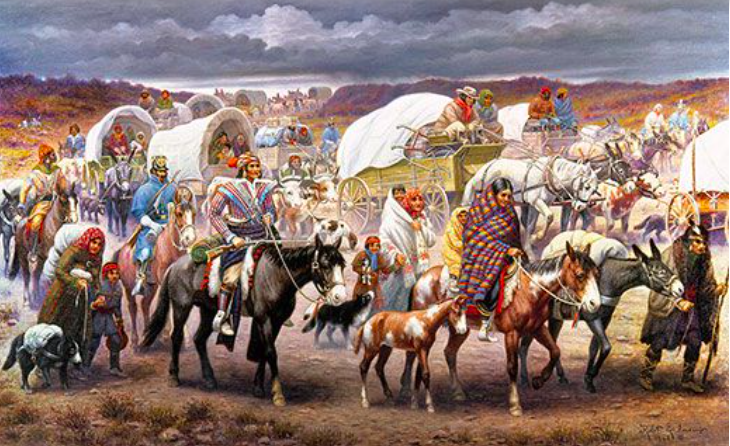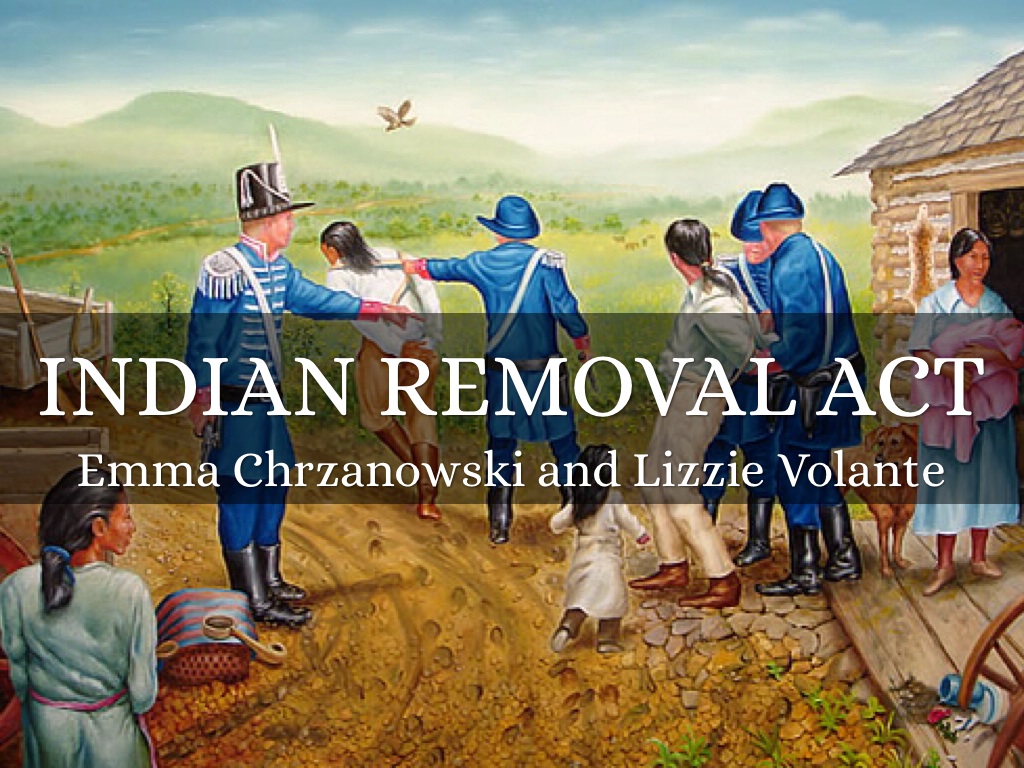

The idea of removing Native American tribes from the East to the West began with President Thomas Jefferson after the Louisiana Purchase of 1803. It also declared all Cherokee lands to be tribal property, which only the General Council could give up. The Cherokee constitution provided for a two-house legislature, called the General Council, a principal chief, and eight district courts. In 1828, the Cherokee Phoenix, the first Native American newspaper, began publishing in both Cherokee and English.Īlso by 1828, the Cherokees had adopted a constitution modeled on the American one. Within a decade, probably a greater percentage of Cherokees could read and write in their native language than Southern whites could in English. The mission schools soon adopted Sequoyah’s writing system and taught it along with English. Although he never went to school or learned English, Sequoyah experimented for a dozen years before developing 86 symbols that represented all the syllables of spoken Cherokee.

Sequoyah, a Cherokee silversmith and farmer, believed that white people gained their power from their ability to remember and communicate through writing.

The Cherokees also welcomed white Christian missionaries to set up schools to teach English and agricultural skills. A few borrowed from Southern whites the idea of establishing large cotton plantations complete with a mansion and black slaves. The Cherokees believed that if they became more like their white neighbors, the Americans would leave them alone on their remaining land.īy the 1820s, most Cherokees were living in family log cabins, cultivating fields on tribal land. But the Cherokees embraced it enthusiastically. To some degree, all the Southeastern tribes accepted the idea of “civilizing” themselves. In 1791, the new American nation signed a treaty with the Cherokees with the goal of leading them to “a greater degree of civilization.” The main way of achieving this was for Cherokee men to give up hunting and become farmers, which had been the traditional role of women. To do this, they would have to become “civilized,” becoming like white Americans in dress, speech, work, religion, and in all other ways. Knox convinced President Washington that Native Americans would also have to be integrated into American society. He believed they eventually would have to give up their lands to the inevitable tide of white settlement, but only voluntarily through negotiated treaties. Instead, he concluded that they and all the Indian tribes were sovereign nations. Henry Knox, President George Washington’s secretary of war, disagreed. Many Americans believed that the Cherokees as allies of the British had forfeited all rights to their land. Suddenly, the traditional ways and even survival of the Cherokee tribe were threatened. After the revolution, many Americans considered the Cherokees a conquered people and forced them to give up thousands of square miles of hunting grounds. A colonial army attacked and destroyed 50 Cherokee towns. But colonists kept moving into Cherokee and other Indian lands.ĭuring the American Revolution, the Cherokees sided with the British. But in 1721, South Carolina colonists succeeded in persuading the Cherokees to choose a principal chief for the entire tribe to negotiate selling some of its hunting grounds.Īfter the French and Indian War, the British tried to ban any further white settlement on Native American lands west of the Appalachian Mountains. Traditionally, no tribal government or chief held authority over all the Cherokees. The council members and people of the town debated an issue until they agreed on what to do. The council discussed important matters such as going to war against an enemy tribe. Cherokee women tended crops while the men hunted and made war.Įach town had a council, usually made up of a religious leader and elders.

President Andrew Jackson pursued a policy of removing the Cherokees and other Southeastern tribes from their homelands to the unsettled West.įor a thousand years before Europeans came to North America, the Cherokees occupied a large area where the states of Alabama, Tennessee, North Carolina, South Carolina, and Georgia now come together. Citizens as Enemy Combatants | Jackson and Indian Removal Indian Removal: The Cherokees, Jackson, and the “Trail of Tears” Bill of Rights in Action Winter 2004 (21:1) Executive PowerīRIA 21: 1 Home | Machiavelli and The Prince | Detaining U.S.


 0 kommentar(er)
0 kommentar(er)
